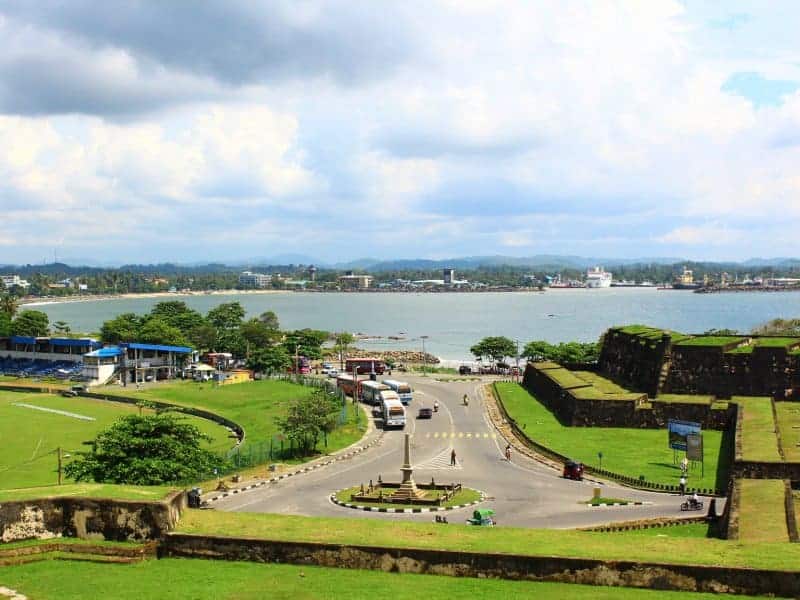Galle is the main city in the Southern Province and the primary urban complex set on the southern coast, and still bears signs of its earlier colonial past among various modern developments. It is the administrative capital of the south, and the largest city in its eponymous district. Some of the best places to stay here include the famous Lighthouse Hotel, Jungle Beach, Tamarind Hill and the Galle Fort Hotel itself.
The History of Galle
The city itself is home to just 100,000 people, hardly a small crowd on the streets of Colombo but is still beautiful. Its name probably comes from the word “Gallus”, the Latin genus name for chickens since the Dutch used a rooster as their emblem for the city when they took over. Also the word “Gaala” means cattle stand while the Arabic trader and explorer Ibn Batuta named it “Qali” while the original name for the port was Gimhatitta. This literally means harbor on the River Gim, or Gin.
Galle was always an important port for international trade across the Indian Ocean, carried out by the Arabs, South Indian Cholas, the Sri Vijayas of Malaysia and the Chinese. Furthermore all of these civilizations stopped off in Galle at some point of their journey. Sri Lanka itself is in the middle of the Indian Ocean and doubles in as an important headquarters, allowing traders to effectively control the market from our ports alone.
The Galle Fort
Among the most interesting places to visit in Galle is to see the Galle Fort itself, a UNESCO World Heritage Site and the largest remaining colonial fortress in South Asia. The Portuguese built the fort during the end of the 15th Century AD. But the Dutch took over it when they invaded the southern coast. The siege of Galle happened in 1640 when the Dutch overran what had been built of the Portuguese fort, the Santa Cruz de Gale. The Dutch won the favor of King Rajasinghe of Kandy and renamed the fort as Puntegale or Point de Galle. The present fort was built in 1663 and four years later, the old damaged ramparts were replaced.
Today, what remains of the Galle Fort overlooks the sea from off a promontory and there is a reef just offshore in shallow, coastal waters. The Dutch truly created Galle Fort as a proper working unit complete with a Protestant church, living quarters for the workers and the garrisoned soldiers as well as an arsenal for firearms and a smithy. There was also a sewer system that helped to prevent flooding during high tides. The Dutch built about fourteen new bastions out of coral limestone and granite, a unique mix of strong building materials. Earlier there had been no seaward wall and this was added in 1729.
Places to Visit
Another of the famous places to visit in Galle is the Galle Lighthouse, built during the British era in 1848, long after the Sinhalese kings had fallen. Originally it was eighty feet high, and located about a hundred feet away from the present one. However, the original lighthouse was destroyed by a fire in 1934. The present lighthouse dates back to 1939 and is still manned by the Sri Lanka Ports Authority.
There are in fact, numerous Dutch buildings connected to the Galle Fort. They include some beautiful churches, such as the famous Groote Kerk or the Dutch Reformed Church. In structure and architecture it is rather similar to the Wolfendhal of Colombo, built in a rather Doric style and whitewashed although presently much of it is rather discolored in places. This means that it is made in the form of a cruciform. Constructed in 1755, it is the oldest active Protestant church still remaining in Sri Lanka. Another one in the neighborhood is the All Saints’ Church. This was built in 1868 during the British period, with the foundation stone laid down by the second Bishop of Colombo, Rev. Dr. Piers Calvey Claughton. At the time the governor of the island was Sir Hercules Robinson. All Saints’ is an Anglican church.
Written by Vasika Udurawane for Travel Lanka Compass



0 Comment